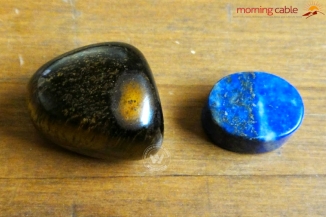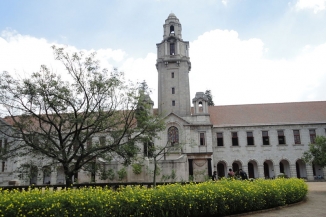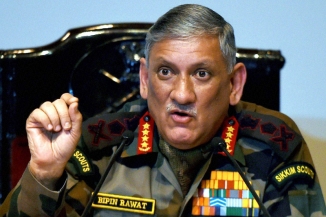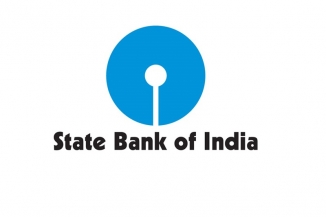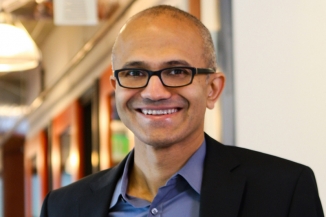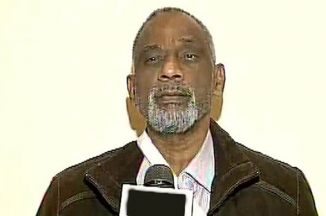
Common manifestations of stroke are weakness of face, arm and legs along with difficulty in speaking or understanding.
Dr Rajeev Anand, director neurology at Max Super Specialty Hospital, said that "Every second following a stroke, 32,000 brain cells die - hence patients need to be rushed to the nearest stroke treatment centre. About 12% strokes in India occur to people aged less than 40 years. 50% strokes occur due to diabetes, high blood pressure and high cholesterol, while others as a result of certain infections, which is a cause for worry these days."
“A stroke happens when the blood supply to a part of the brain is cut off. There are two main types of stroke, a) Ischaemic strokes, are caused by a blockage in the blood supply to the brain and b) Haemorrhagic strokes, occurring when blood leaks from a burst blood vessel into the brain. In children, both types of stroke are equally common,†Dr. Pawan Ojha, Neurologist, Fortis Hospital, Vashi, Navi Mumbai explains.
Dr. Ojha says, “Some children may not even have any symptoms. In babies up to 28 days old, seizures are a common symptom of stroke. Children aged from 28 days old to 18 years may experience weakness or paralysis on one side of the body, facial drooping, speech problems and headaches. These symptoms are most commonly associated with ischaemic strokes. Symptoms for haemorrhagic strokes can be vomiting, seizures and occasional headaches. For some children, the stroke is first detected when problems arise with their learning and development.â€
“It is more accurate to say that children are better at adapting to the effects of stroke. Speech therapist, recreation and occupational therapist and psychologist also play an important part in rehabilitation,†Dr. Ojha elucidates.
“Women are care-givers and so they generally do not pay much attention to slight temporary changes that occur during their activities. Mini-strokes or Transient Ischaemic Attack (TIA) basically means that brain function is disrupted for a short time (less than 24 hours),†said Nabin Sarkar, senior consultant neurologist and stroke specialist at the Apollo Gleneagles Hospitals here. “It can last for 30 to 90 minutes and many do not even notice the signs such as sudden numbness in arms or slurred speech etc.,†he said.
“Chances of recovery is less for women as compared to men and even severity is more for women. They are more likely to die of strokes than a man,†the experts said.
By Premji














